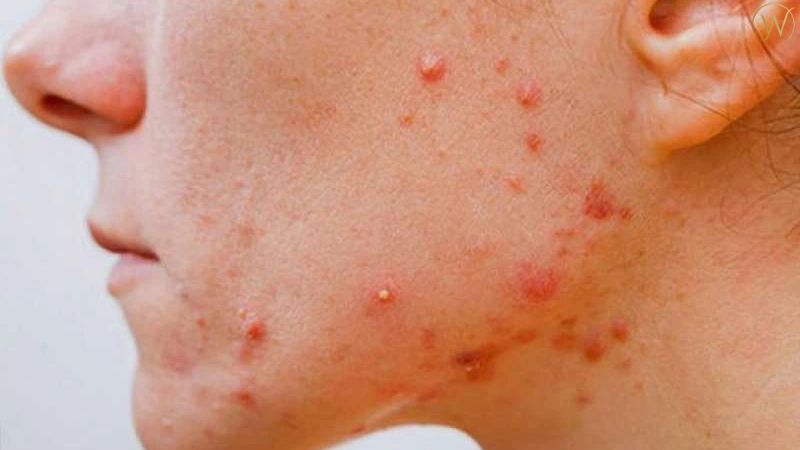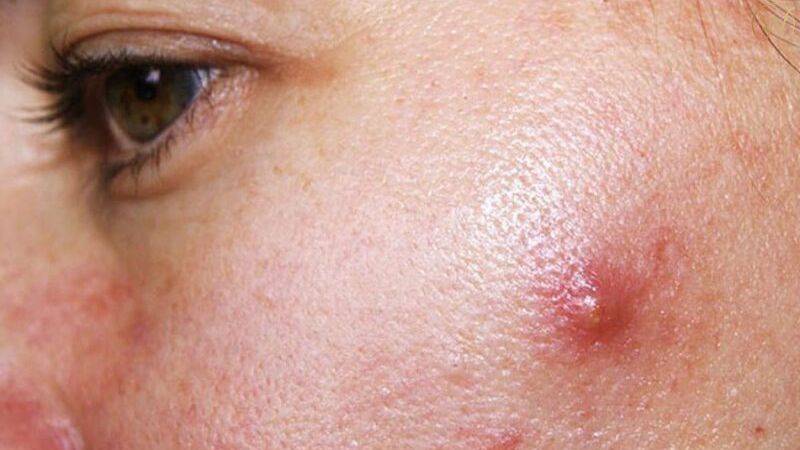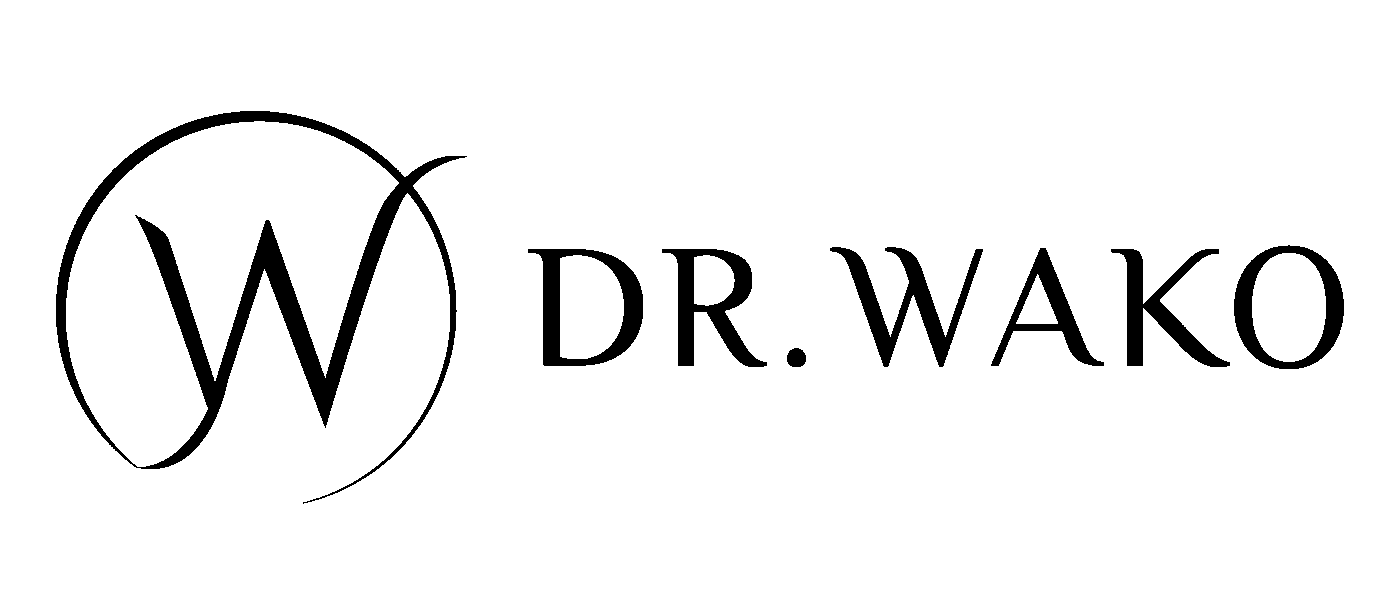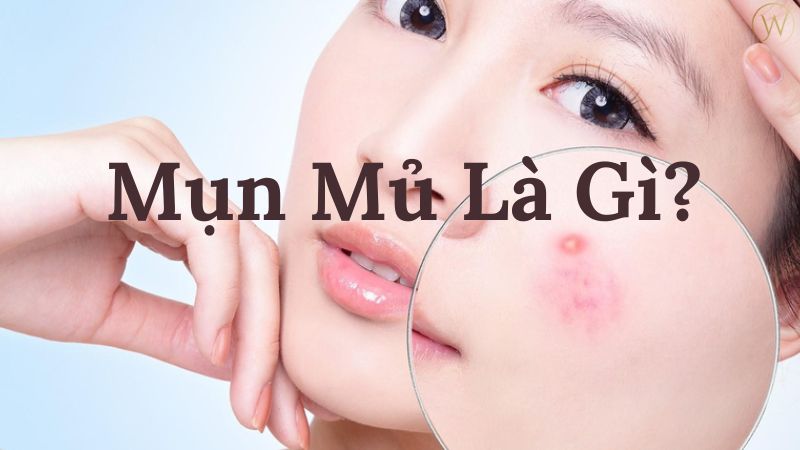Skin Problems
What is pus-filled acne?
What is an abscess acne? Causes and the correct way to deal with it at once to understand
Pusher type acne is one of the common skin problems during puberty, this kind of acne will usually be red, swollen and inflamed, and will contain yellow or white pus, which not only looks obvious, but also makes people feel painful and uncomfortable. In order to effectively improve the abscess acne, we need to first understand its causes, judgment and correct maintenance treatment.
What is pus-filled acne?
Pustular pimples are red, swollen, inflamed pimples with white or yellow pus on the surface that are painful when pressed. The inside of this type of acne is a mixture of dead skin cells, sebum, and bacteria, usually caused by the proliferation of bacteria after the pores are clogged.
How to recognize pustular acne?
Here are a few common features to help you differentiate between pustular acne and other types of acne:
-
Redness and inflammation on the surface of the acne is obvious
-
Painful when pressed or touched
-
The size is obvious, usually about 5mm to 10mm.
-
Pimple head is white or yellow, with pus surfacing
-
The surrounding skin often becomes red and inflamed.

Where do suppurating pimples usually grow?
In fact, suppurating acne can grow on any part of the body, but the most common are on the face, such as the forehead, cheeks, chin and other areas. In addition to causing stinging and discomfort, the location of pimples can sometimes reflect certain health conditions of the body.
For example:
-
It's on the forehead.: It may be related to digestive disorders or stress, such as irregular diet, late nights, and overthinking.
-
It's on the chin.: Commonly associated with hormonal fluctuations, especially around the time of a woman's menstrual cycle.
-
On both cheeks.: It may be related to gastrointestinal function, eating habits, or skin cleansing, such as eating a lot of fried foods, sweets, or poorly cleaned pillowcases.
If the acne always grows in the same area over and over again, it is recommended that in addition to skin care, you can also pay attention to the routine and diet, sometimes adjusting the internal state of the body is more effective than relying solely on topical products.
Extended Reading:What Causes Acne on the Jaw? Causes and Effective Treatments
Why do I have pus-filled pimples?
The formation of pustular acne is related to a number of factors, the following are some of the main common causes:
1. Excessive sebum production
The function of the sebaceous glands is to help moisturize the skin, but if the secretion is excessive, sebum will be mixed with the old waste keratin and dirt to block the pores, which will lead to pus pimples.
2. Keratosis Pilaris
If you don't exfoliate regularly, dead skin cells will accumulate in the pores, mixing with sebum and external dirt, causing pore blockage and triggering acne, especially on the face and back.
3. P. Acnes Infection
This is a type of bacteria that commonly exists on the surface of the skin. When the pores are clogged, the bacteria proliferate and cause an infection, leading to inflammation and pus-filled pimples.
4. Unbalanced diet
Frequent intake of high-fat, spicy, sugary foods can easily stimulate the body's oil secretion, affecting the balance of the immune system, which can also induce pustular acne.
5. Lack of sleep, late nights
Long-term irregularities in work and rest can prevent the skin from repairing itself, reduce immunity, and aggravate the inflammation of acne.
6. Improper Cleaning
If you don't wash your face thoroughly or over-clean it, you may damage the skin barrier, making it easy for bacteria to invade and cause inflammation and pus-filled pimples.
7. Hormonal changes
Hormonal fluctuations during puberty, menstruation, and pregnancy can stimulate the sebaceous glands to over-secrete oil, causing pores to become clogged and triggering pus-filled acne.
8. Wrong Maintenance
Poor skincare choices or an incomplete regimen can compromise the skin's barrier and make it more susceptible to inflammation or bacteria.
9. Cosmetics not suitable for skin type
The use of products that contain irritants or too much oil can lead to clogged pores and skin irritation, which in turn can lead to pus-filled acne.
10. External environmental stimuli
Prolonged exposure to UV rays, air pollution, and dusty environments will cause the skin to secrete more oil for defense, but it is also more likely to clog pores and cause inflammation.
11. Aggravated follicular infection
If the bacterial infection is aggravated, it will further develop into pus-filled pimples and even become large and painful.
12. Skin Disease Effects
Certain skin diseases, such as ringworm, chicken pox, and rosacea, may also be accompanied by pustules, which need to be further diagnosed and treated by a physician.

Can I squeeze my own pushes?
It is not recommended to squeeze pimples by yourself.Especially pustular acneInappropriate squeezing may lead to worsening of inflammation and spreading of bacteria. Improper squeezing may cause inflammation to worsen and bacteria to spread, making acne worse and even leading to secondary infections or scarring.
If you really need to clear up your acne, you should follow these precautions:
-
utilizationProfessional Pimple Squeezing Toolsand sterilized before use.
-
Both hands shouldThorough cleaning and sanitizingTo avoid bringing bacteria from your hands into the wound.
-
After squeezing, be sure toRemove clean pus and bloodThe following are some tips to help you avoid acne flare-ups: disinfect and moisturize your skin, and moisturize your skin.
-
The ideal way to do this is to travel toQualified and licensed dermatology clinic or professional beauty salonIf you are a professional, you will be able to ensure the safety and effectiveness of the treatment.
To summarize, squeezing pimples on your own is risky, and if not handled properly, it will make your skin problems even more difficult. If you want to solve your pus pimples effectively and safely, it is recommended that you leave it to a professional.
Extended Reading:What is "Closed Circuit Acne"?
Easy and effective home treatment for pustular acne
If you want to improve your pus-filled acne at home, one of the most practical ways to do so is to use a topical product with anti-acne properties. These products can help clean pores, eliminate acne bacteria, and minimize inflammation, which in turn can help improve acne conditions. Below are some common and effective topical ingredients:
1. Retinoid (A acid)
Can accelerate the old waste keratin metabolism, unclog pores, while regulating sebum secretion, to prevent clogging, on the prevention and treatment of pustular acne is very effective.
2. Benzoyl Peroxide
A powerful antibacterial that inhibits the acne-causing bacterium P. Acnes. Commonly used in anti-acne gels, topical ointments or cleansers to quickly minimize inflammation and redness.
3. Salicylic Acid
BHA acid, with exfoliating function, can go deep into the pores to remove the old waste sebum, reduce inflammation, to improve the closed type and pus pimple type acne has a significant effect.
4. Topical antibiotics
For more severe acne, your doctor may prescribe topical antibiotics containing ingredients such as Clindamycin or Erythromycin. These medications are effective against bacteria, but should be used as directed by your doctor to avoid drug resistance or other side effects.
 Use of specialized topical therapeutic products
Use of specialized topical therapeutic products
Use of Prescription Drugs for Treatment of Suppurative Acne
For faster, more effective improvement of suppurating acne, dermatologists often prescribe stronger prescription medications such as:
-
oral antibiotic
Commonly, Doxycycline and Amoxicillin can help sterilize bacteria, reduce inflammation and speed up the healing process of acne. However, these medications need to be used under the direction of a doctor and are recommended to be taken for a short period of time to avoid developing resistance or side effects. -
oral contraceptive
Certain oral contraceptives can help stabilize hormones and inhibit excessive oil production, which is particularly effective for acne caused by endocrine disorders, such as pus-filled acne that occurs during puberty, before and after menstruation, or during pregnancy. -
Isotretinoin
This is a powerful anti-acne medication derived from Vitamin A. It is suitable for patients with moderate to severe acne, especially recurrently inflamed, nodular or suppurating acne. Long-term regular use for several months during treatment is required and must be monitored by a physician due to potential side effects.
Home Natural Remedies: Improving Suppurative Acne with Natural Ingredients
If your acne condition is not too serious, you can also try some mild natural ways to take care of it at home:
-
Honey on Face
After cleansing the skin with a cotton pad or make-up remover, apply a thin layer of natural honey to the acne area and leave it on for about 30 minutes, then rinse off with lukewarm water. Honey has a natural antibacterial and moisturizing effect. -
Green Tea Leaves for Face
Apply fresh green tea leaves to the acne area for about 15-20 minutes and then rinse off. It is recommended to do this 2 to 3 times a week, as it helps with antioxidants and calming the skin. -
Fishweed (Houttuynia cordata) on face
Mash the fishy herb and apply it on the face, leave it on for 10-15 minutes and then wash it off, it is recommended to do this 2-3 times a week, it helps to reduce inflammation and improve oil secretion. -
Use of clay masks (e.g. bentonite clay)
Mix bentonite powder with water to make a paste and apply it to your face for 15-20 minutes and then wash it off to help absorb excess oil and impurities. -
Tea Tree Oil
Use a cotton swab to dab a little tea tree essential oil directly on the pimple, let it stay overnight, and wash it off the next morning. Tea tree has antibacterial and anti-inflammatory effects. -
Aloe Vera Gel
Apply a clear gel of fresh aloe vera to the acne area, massage gently and leave on overnight, or leave on for 15-20 minutes and then wash off to soothe the skin and speed up the healing process.
Although these methods are gentle, if your acne is persistent and recurring, it is advisable to seek the help of a dermatologist to solve the problem at its root.

Things to keep in mind when treating pustular acne
If you want to effectively improve your pus-filled acne and take care of your skin, the following points are important in your daily care routine and should not be overlooked:
1. Clean your face properly
Choose a mild cleanser and a suitable makeup remover to help remove excess oil and dirt. Be gentle when cleansing to avoid excessive friction that could cause skin damage.
2. Regular Exfoliation
Moderate exfoliation will help keep pores clear and prevent recurring acne. It is recommended to do it 1-2 times a week, not too often to avoid irritating the skin.
3. Choosing the right moisturizer
Use products that are alcohol-free, fragrance-free, and non-comedogenic (non-comedogenic), and avoid ingredients that can clog pores or cause irritation.
4. Reduce the frequency of makeup application
Avoid excessive makeup, especially during the inflammation period of acne, heavy makeup or foundation will easily increase the burden on pores and cause acne to worsen.
5. Don't touch the face with your hands.
Hands are full of germs and frequent touching of the face can worsen acne and even cause infections in other areas.
6. Avoid squeezing pimples
Squeezing the pimple by yourself may cause the inflammation to expand, leaving pigmentation or scars. Wait for the pimple to dry up naturally or have it professionally treated.
7. Enhanced sun protection
Acne-prone skin is particularly sensitive to UV rays, which can make redness and swelling more visible or aggravate pigmentation problems. It is recommended to use a mild, non-acne-causing sunscreen daily to protect your skin from further damage.
8.Healthy Eating is One of the Keys to Preventing Acne
If you want your skin to be stable and acne-free, apart from external care, theEating the right foods is also importantThe following are some of the ways in which you can adjust your diet. You can adjust your diet in the following directions:
-
-
Nutrient supplementationIt's like a zinc,Omega-3 fatty acidsThe vitamins from vegetables and fruits help to fight inflammation and balance oil production.
-
Drink enough water every day: Keeping the body well hydrated helps promote metabolism, helps detoxification, and stabilizes the skin.
-
Eat less irritating foodSpicy and deep-fried foods, tea, coffee, alcohol, etc., which tend to stimulate sebum secretion or aggravate inflammation, should be kept to a minimum.
Drink plenty of water: the first step in keeping your skin stable
Adequate daily hydration can help keep the skin moisturized, reduce dryness and oiliness, as well as help metabolize waste and reduce inflammation. When the body is adequately hydrated, the skin's condition is naturally more stable.
Adjusting work and rest: Developing a regular routine
-
Fixed sleep time: Getting enough regular sleep gives your body and skin time to repair.
-
Moderate Exercise: Exercise promotes blood circulation and perspiration, which helps detoxify the body and minimize pore clogging.
-
Managing StressStress can cause endocrine imbalance, stimulate oil secretion and aggravate acne problems. Relaxing, taking a deep breath or doing something you enjoy can help reduce the effects of stress.
The above has been explained for you"What's an abscess?"and how to deal with this type of acne safely and effectively at home.
If you want to know more about the latest skin care information, please feel free to visit us! Dr.W TrueBeautyThe most practical skincare knowledge and tips are always available to you. -
-
Extended Reading:What are blackheads?

